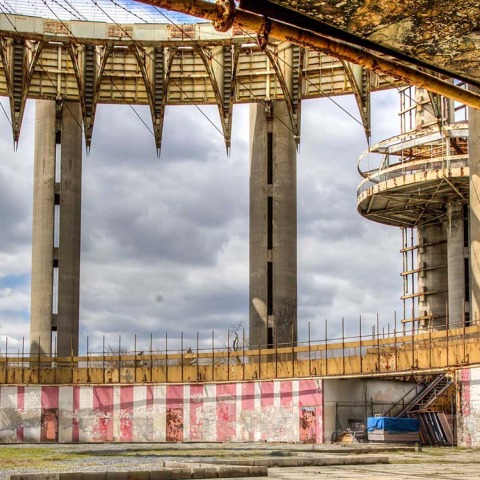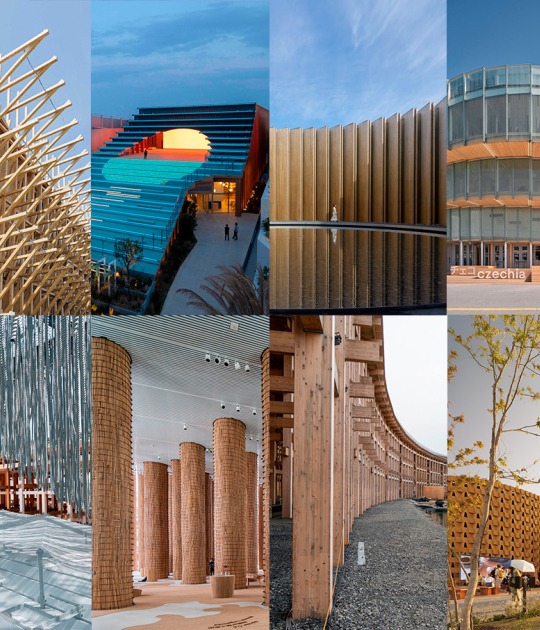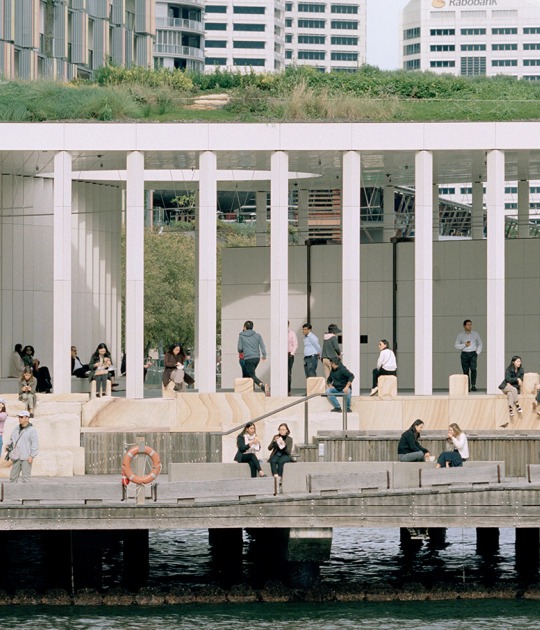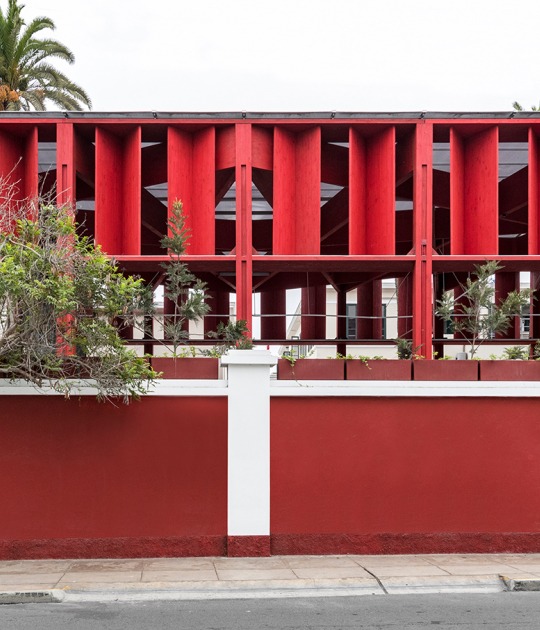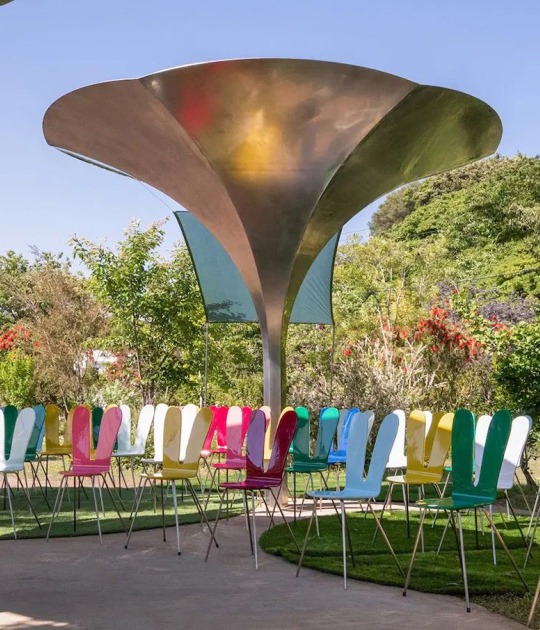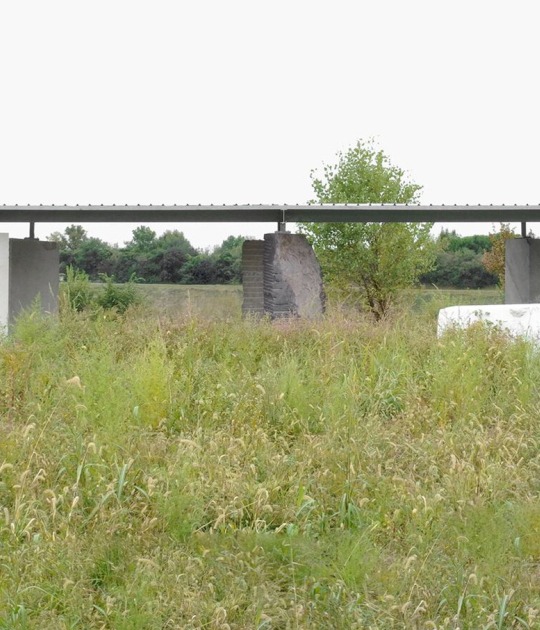Philip Johnson was born in Cleveland, Ohio ((July 8, 1906 – January 25, 2005). He was descended from the Jansen family of New Amsterdam and included among his ancestors the Huguenot Jacques Cortelyou, who laid out the first town plan of New Amsterdam for Peter Stuyvesant. He attended the Hackley School, in Tarrytown, New York, and then studied at Harvard University as an undergraduate, where he focused on history and philosophy, particularly the work of the Pre-Socratic philosophers. Johnson interrupted his education with several extended trips to Europe. These trips became the pivotal moment of his education; he visited Chartres, the Parthenon, and many other ancient monuments, becoming increasingly fascinated with architecture.
In 1928 Johnson met with architect Ludwig Mies van der Rohe, who was at the time designing the German Pavilion for the 1929 Barcelona International Exposition. The meeting was a revelation for Johnson and formed the basis for a lifelong relationship of both collaboration and competition.
Johnson returned from Germany as a proselytizer for the new architecture. Touring Europe more comprehensively with his friends Alfred H. Barr, Jr. and Henry-Russell Hitchcock to examine firsthand recent trends in architecture, the three assembled their discoveries as the landmark show "Modern Architecure: International Exhibition" in the Heckscher Building for the Museum of Modern Art, in 1932. The show and their simultaneously published book "International Style: Modern Architecture Since 1922" was profoundly influential and is seen as the introduction of modern architecture to the American public. It celebrated such pivotal architects as Le Corbusier, Walter Gropius, and Mies van der Rohe. The exhibition was also notable for a controversy: architect Frank Lloyd Wright withdrew his entries in pique that he was not more prominently featured.
As critic Peter Blake has stated, the importance of this show in shaping American architecture in the century "cannot be overstated."[citation needed] In the book accompanying the show, coauthored with Hitchcock, Johnson argued that the new modern style maintained three formal principles: 1. an emphasis on architectural volume over mass (planes rather than solidity) 2. a rejection of symmetry and 3. rejection of applied decoration.[citation needed] The definition of the movement as a "style" with distinct formal characteristics has been seen by some critics as downplaying the social and political bent that many of the European practitioners shared.
Johnson continued to work as a proponent of modern architecture, using the Museum of Modern Art as a bully pulpit. He arranged for Le Corbusier's first visit to the United States in 1935, then worked to bring Mies and Marcel Breuer to the US as emigres.
From 1932 to 1940, Johnson openly sympathized with Fascism and Nazism. He expressed antisemitic ideas and was involved in several right-wing and fascist political movements. Hoping for a fascist candidate for President, Johnson reached out to Huey Long and Father Coughlin. Following trips to Nazi Germany where he witnessed the attack on Poland and contacts with German intelligence, the Office of Naval Intelligence marked him as suspected of being a spy but he was never charged. Regarding this period in his life, he later said, "I have no excuse (for) such unbelievable stupidity... I don't know how you expiate guilt." In 1956, Johnson attempted to do just that and donated his design for a building of worship to what is now one of the country's oldest Jewish congregations, Congregation Kneses Tifereth Israel in Port Chester, New York. According to one source "all critics agree that his design of the Port Chester Synagogue can be considered as his attempt to ask for forgiveness" for his admitted "stupidity" in being a Nazi sympathizer. The building, which stands today, is a "crisp juxtaposition of geometric forms".
During the Great Depression, Johnson resigned his post at MoMA to try his hand at journalism and agrarian populist politics. His enthusiasm centered on the critique of the liberal welfare state, whose "failure" seemed to be much in evidence during the 1930s. As a correspondent, Johnson observed the Nuremberg Rallies in Germany and covered the invasion of Poland in 1939. The invasion proved the breaking point in Johnson's interest in journalism or politics and he returned to enlist in the US Army. After a couple of self-admittedly undistinguished years in uniform, Johnson returned to the Harvard Graduate School of Design to finally pursue his ultimate career of architect.
Among his works is The Glass House, where he lived until his death, the headquarters of AT & T, the National Centre for Performing Arts of India, the Crystal Cathedral in California, the Four Seasons Restaurant in the Seagram Building, the Lincoln Center in NY or Puerta de Europa towers in Madrid.
